I have a problem, I have 2 lists with x and y values, and I would like to create a function based on these. But the problem is that I would like to build a function like this one:
f(x) = a * (x-b)**c
I already know scipy.interpolate but I couldn't find anything to return a function like this one.
is there a quite easy way to try to create the best function I can by searching which values of a,b and c match the most?
thanks for your help!
Edit:
here is what my current values of x and y look like:
I created this function :
def problem(values):
s = sum((y - values[0]*(x-values[1])**values[2])**2 for x,y in zip(X,Y))
return(s)
and I tried to find the best values of a,b and c with scipy.optimize.minimize but I don't know with which values of a,b and c I should start...
values = minimize(problem,(a,b,c))
